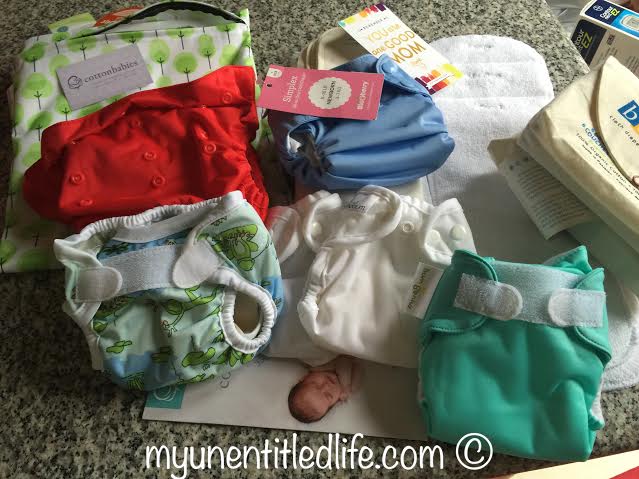The Toy Story Gang Is Back With “Toy Story of TERROR”
The “Toy Story” Gang’s Frightfully Fun Adventure Releasing for the First Time on Blu-ray™ & DVD! On Blu-ray + Digital Copy, DVD, Disney Movies Anywhere, and Digital HD August 19th Never-Before-Seen Bonus Features Include Parody Vintage Toy Commercials, Deleted Scenes, Audio Commentary, and Much More! Everyone’s favorite Toys are back in Disney•Pixar’s frightfully fun adventure “Toy Story OF TERROR!” available for the first time ever on Blu-ray + Digital Copy, DVD, Digital HD, and Disney Movies Anywhere August 19th. Reuniting after the events of the blockbuster smash “Toy Story 3,” Buzz, Woody and the gang join new friend Combat Carl for a spooky tale full of mystery and humor that’s a must-own for “Toy Story” and Disney•Pixar fans this summer! “Toy Story OF TERROR!” makes its in-home debut loaded with never-before-seen bonus features, including three Vintage Toy Commercials, which can be viewed as act breaks during the film or separately with Director Introductions. Additional all-new bonus features include Audio Commentary, Deleted Scenes with Editor Introductions and “Team of Specialists,” in which director Angus MacLane goes deep behind the scenes to introduce the team of specialists required to make this fun-filled “Toy Story” adventure! Additional in-home special features include three “Toy Story Toons” shorts: “Small Fry,” “Partysaurus Rex” and “Hawaiian Vacation” – each with Audio Commentary; and the rarely seen, especially spooky teaser created for the D23 fan conference. Also available only on Disney Movies Anywhere (DMA) is a new short piece about film references featuring Mr. Pricklepants and a Bonus Deleted Scene with Editor’s Introduction. Written and directed by Angus MacLane, animator on such Disney•Pixar classics as “Finding Nemo,” “Monsters, Inc.” and “Toy Story 2 & 3” and produced by Galyn Susman, “Toy Story OF TERROR!” features an original score by composer Michael Giacchino (“Ratatouille,” “Up,” “Cars 2”). What starts out as a fun road trip for the Toy Story gang takes an unexpected turn for the worse when the trip detours to a roadside motel. After one of the toys goes missing, the others find themselves caught up in a mysterious sequence of events that must be solved before they all suffer the same fate in this Toy Story OF TERROR! “Toy Story OF TERROR!” features the voice talents of original “Toy Story” cast members Tom Hanks as “Woody,” Tim Allen as “Buzz Lightyear,” Joan Cusack as “Jessie,” Timothy Dalton as “Mr. Pricklepants,” Don Rickles as “Mr. Potato Head,” Kristen Schaal as “Trixie” and Wallace Shawn as “Rex,” along with series newcomer Carl Weathers as “Combat Carl/Combat Carl Jr.”

